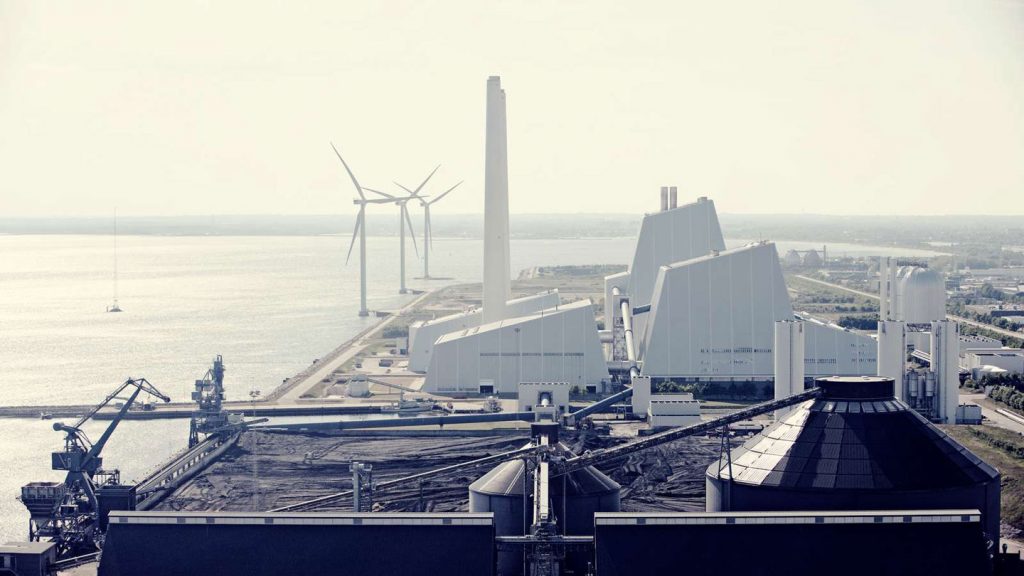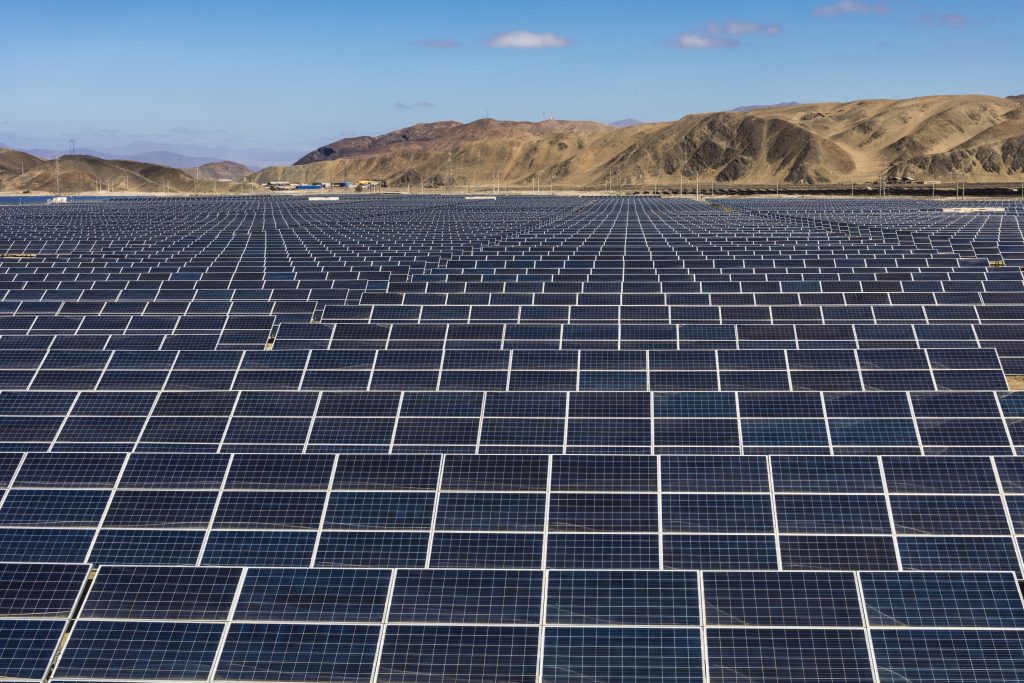Coal has been the backbone of electricity generation for well over a century – but times have changed. A growing understanding of fossil fuels’ contribution to pollution and global climate change means more energy companies around the world now realise their long-term success depends on moving away from coal. As a result, between 2015 and last year, construction of new coal-powered plants dropped by 73%.
The Powering Past Coal Alliance is an initiative helping facilitate this move. It brings together those working moving completely away from coal, and is comprised of a number of governments, businesses and energy companies – including Drax. However, it isn’t the only initiative of its type – nor is Drax the only electricity generator fast moving away from coal.
Here we look at some of the other companies giving coal the cold shoulder.

Avedøre is a high efficiency, multi-fuel combined heat and power plant in Denmark operated by Ørsted. Source: Ørsted
Ørsted
Denmark’s partly state-owned, global energy firm (once called DONG, an acronym for Danish Oil and Natural Gas) is one of the largest of the Alliance’s members leading the charge away from coal. The company is at the forefront of the energy sector’s transformation towards renewables.
It is the global leader in offshore wind, having installed more than one quarter of the world’s total offshore wind capacity.
More recently the company changed its name to Ørsted after the Danish scientist who first discovered that electric currents create magnetic fields.
The name change reflects the company’s move away from fossil fuels, including coal. The company has slashed its coal usage from 6.2 million tonnes in 2006 to 1.1 million last year, and aims to reach zero by 2023, as well as cutting its CO2 emissions by 96%.
This is thanks largely to the massive growth in Ørsted’s offshore wind farm business, as well as the conversion of six of Ørsted’s Danish coal-fired power stations to biomass. The company aims to have enough wind capacity by 2020 to supply 16 million people in Europe.
Xcel Energy
Coal is something of a controversial topic in the US these days. However, forward-thinking electricity generators in the country are quickly moving from contentious fossil fuels to renewables.
Mid-west-based Xcel Energy is laying out a timeline to switch the majority of its generation from coal to carbon-free sources. The company plans to retire 20 of its coal units between 2005 and 2026 – 40% of its total coal capacity – and expand its renewable portfolio in its place.
Xcel’s ambitions are perhaps clearest in Colorado, where it recently announced it will bring forward the closure of about a third of its coal fleet by a decade.
Alongside these coal closures, the company plans to construct 1,131 megawatts (MW) of new wind capacity, 707 MW of new solar power and 275 MW of battery storage in the state. Nationwide, Xcel says it is on course to hit a 50% reduction of its 2005 carbon emissions levels by 2022.

Enel Generación Chile
Italian electricity giant Enel’s Chilean arm is one of the companies signed up to the Chilean government’s target of generating 70% of its electricity by renewable sources by 2050. In a positive move towards this, the firm recently closed a deal to build 242 MW of new solar, wind and geothermal generation, adding to its already growing roster of renewables.
Last year, Enel Green Power Chile and ENAP opened the Cerro Pabellón geothermal plant in the country’s Atacama Desert. Located 4,500 meters above sea level, it is the first facility of its kind in South America and uses Chile’s volcanic landscape to produce 340 GWh per year.
It comes as a part of Enel’s wider push to become carbon neutral by 2050. Chile’s energy ministry and the electricity power generators’ association have pledged to build no new coal power stations unless they are fitted with carbon capture technology.
Like Drax Group and the UK, companies and countries are quickly moving beyond unabated coal-fired power generation.











